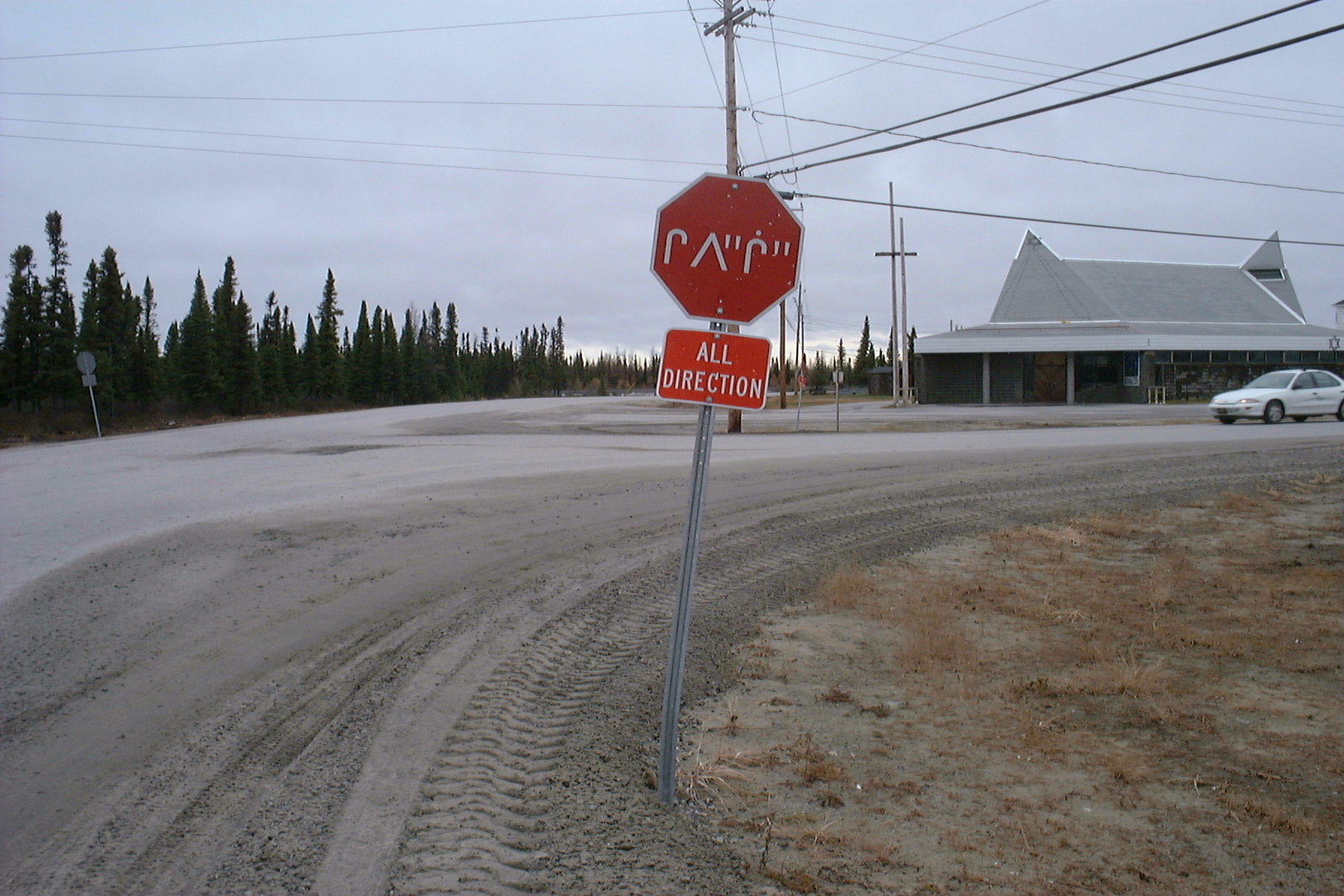By: Hailey Miller, Staff Writer and Olivia Visser, Copy Editor
Content warning: mentions of colonial genocide.
Respecting Indigenous place names is not a matter of Canada’s reputation. It’s an absolutely necessary component of decolonization. Today, so-called Canada resides on unceded, traditional territories of over 634 First Nations. Unceded, traditional territories means these lands were never surrendered or handed over to either the provincial or federal governments, but rather stolen. Many geographical locations in Canada have traditional names extending back thousands of years. Recognizing and actively using these names is a fundamental step in confronting centuries of colonial language and cultural suppression.
Canada’s history of colonization is long and violent. Current colonial names for cities, provinces, and other regions across the country have been in use for far too long. Many colonial place names are honoured for the wrong reasons. For instance, Fort Langley was named after Hudson’s Bay Company director Thomas Langley, despite the area being inhabited by Stó꞉lō nations. So-called BC was also named by Simon Fraser, a trader and colonizer who harboured anti-Indigenous sentiment and even stole from Indigenous people. Now, Simon Fraser University still bears his namesake. The use of Indigenous place names helps educate people on the importance of acknowledging Indigenous histories, traditions, and cultures. We need to deconstruct the colonial narratives of history that overlook Indigenous experiences and sovereignty.
Prior to colonization, Indigenous Peoples rightfully had full governance and authority of their lands. The implementation of the Indian Act in 1876 “displaced Indigenous Peoples’ own governance systems” and took away their rights. The Act was a form of governance that offered some benefits to those considered “Indian,” which excluded Métis and Inuit people. Until 1985, Indigenous women also lost their Status if they married a non-Indigenous partner. While many provisions have been amended to this day, consequences of the Indian Act, such as poverty and marginalization, extend into the present.
BC’s Lower Mainland consists of lands from the Coast Salish Territories of the xʷməθkʷəy̓əm (Musqueam), Səl̓ílwətaʔ/Selilwitulh (Tsleil-Waututh), Kwikwitlem (Coquitlam), Kwantlen, Katzie, Semiahmoo, Skwxwú7mesh (Squamish) Peoples, and more. The digital interactive map Native Land shows the traditional names of Indigenous places all over the world. It helps viewers visualize the boundaries of one Indigenous territory to another and understand decolonial borders. As individuals, it’s important to differentiate between the various languages and cultures of the land we reside on.
Indigenous place names hold great meaning within their respective cultures. Stories created by Indigenous communities recall connections to land, accounts of history, and ongoing traditions. In order to keep this information alive, Indigenous languages are passed down orally from generation to generation. Mohawk poet E. Pauline Johnson documented some of the legends told by Chief Joe Capilano, including Siwash Rock in Stanley Park and The Two Sisters in North Vancouver.
Indigenous names need to be acknowledged out of respect to cultural identities that hold deep historical significance. Following the recommendation from the Truth and Reconciliation Commission, the use of traditional names on official documents is now allowed in Canada. This comes after many Indigenous people “were forced to have their names changed as a result of residential schools or other federal policies.” Traditional names were changed in favour of English and Christian names. Language is an important part of identity, and while this is only one step forward in decolonization, it’s an essential one.
Non-Indigenous people need to recognize the history behind the land they live on, and respect the vast variety of cultures, languages, and ways of living that Indigenous Peoples have practiced for millenia. Their cultures should have never been suppressed, and now it’s our collective responsibility to respect and revitalize what has been colonized. We must implement change in order to further these steps toward reconciliation.

